Apr 18, 2019
Don’t like blood tests? New microscope uses rainbow of light to image the flow of individual blood cells
Posted by Quinn Sena in category: biotech/medical
Circa 2012
Blood tests convey vital medical information, but the sight of a needle often causes anxiety and results take time. A new device developed by a team of researchers in Israel, however, can reveal much the same information as traditional blood test in real-time, simply by shining a light through the skin. This optical instrument, no bigger than a breadbox, is able to provide high-resolution images of blood coursing through our veins without the need for harsh and short-lived fluorescent dyes.
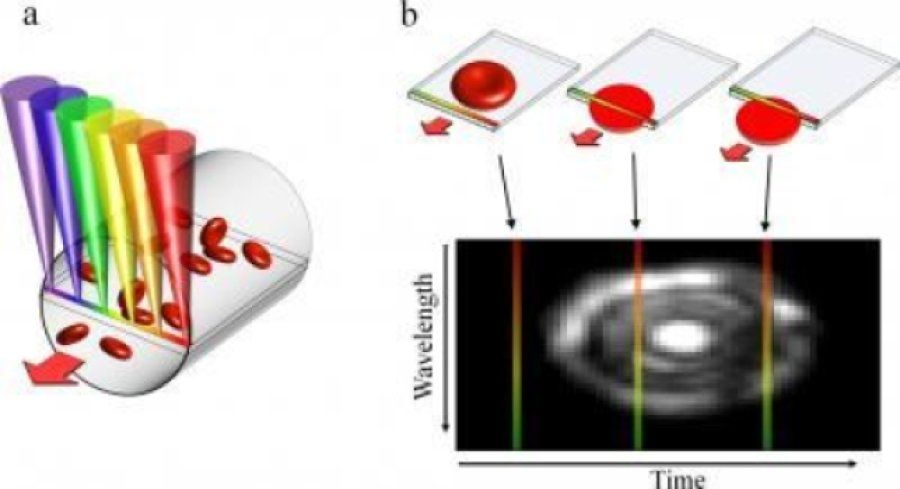
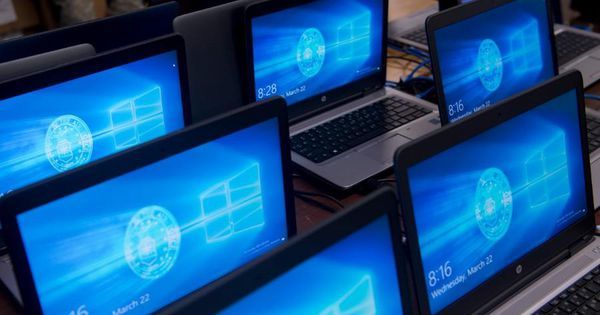

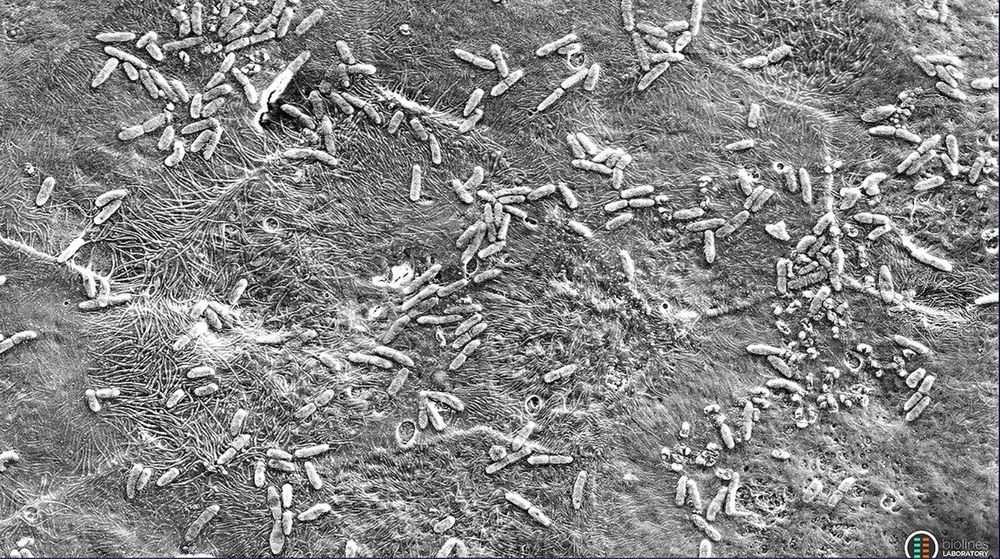
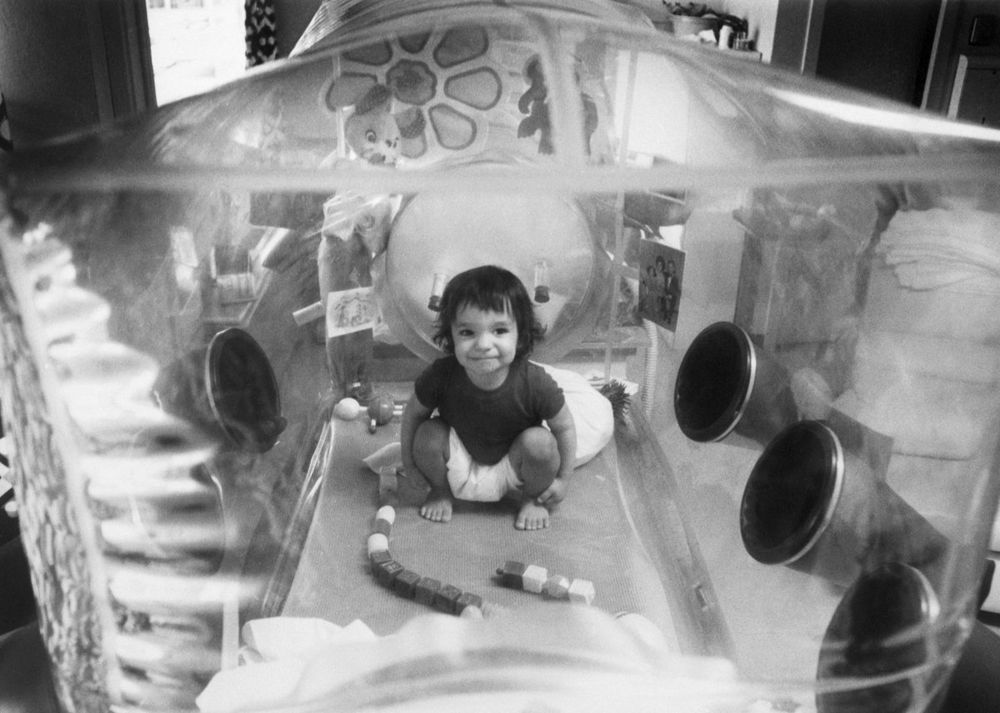
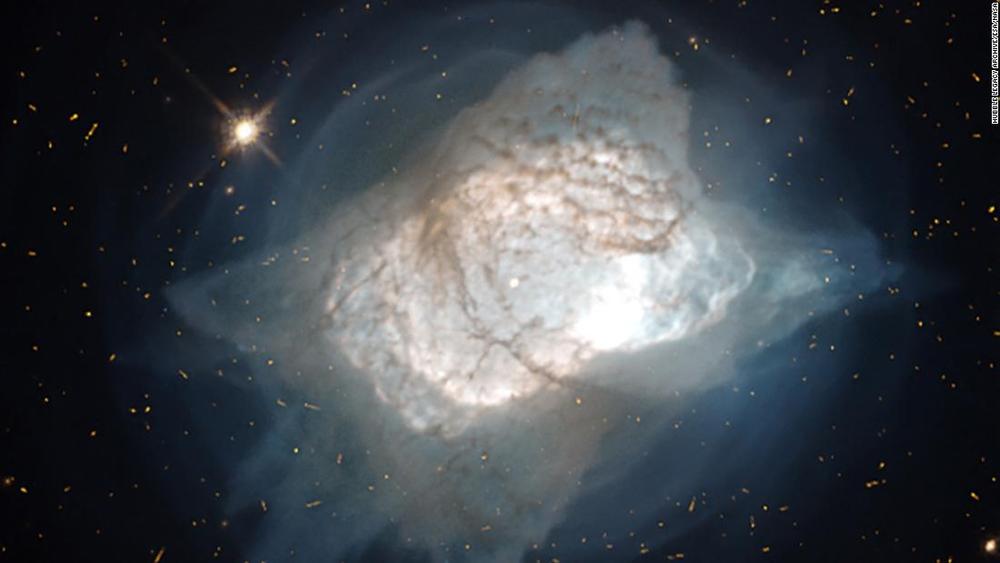
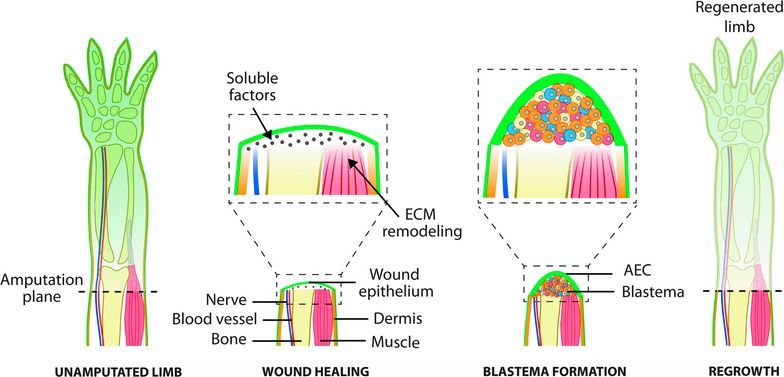

 The global “
The global “








